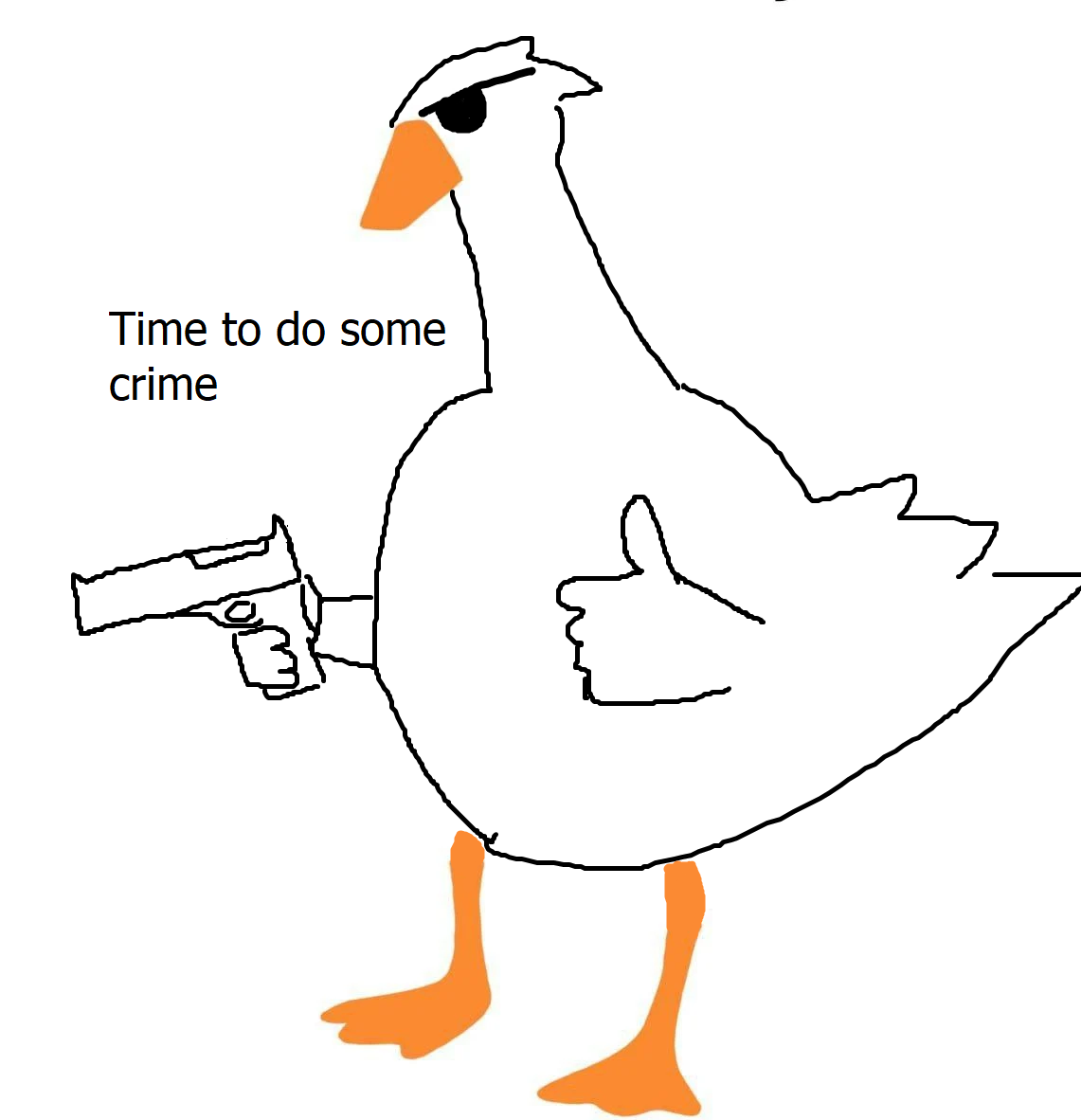Threat of outbreak from microbes trapped in permafrost for millennia raised by increased Siberian shipping activity
Humanity is facing a bizarre new pandemic threat, scientists have warned. Ancient viruses frozen in the Arctic permafrost could one day be released by Earth’s warming climate and unleash a major disease outbreak, they say.
Strains of these Methuselah microbes – or zombie viruses as they are also known – have already been isolated by researchers who have raised fears that a new global medical emergency could be triggered – not by an illness new to science but by a disease from the distant past.
As a result, scientists have begun planning an Arctic monitoring network that would pinpoint early cases of a disease caused by ancient micro-organisms. Additionally, it would provide quarantine and expert medical treatment for infected people in a bid to contain an outbreak, and prevent infected people from leaving the region.
Ok so they mean the virus is a zombie and not that it makes you into a zombie. I’m a bit disappointed.
I feel like science should have been able to achieve this by now.
Here is hoping for both
Thats a shame… I was planning to rewatch Zombieland and write down all the survival rules…
Thats a shame… I was planning to rewatch Zombieland and write down all the survival rules…
I’ve got you bro:
#1: Cardio - When the virus struck, for obvious reasons, the first ones to go were the fatties.
#2: Double Tap - In those moments when you’re not sure the undead are really dead dead, don’t get all stingy with your bullets.
#3: Beware of Bathrooms - Don’t let them catch you with your pants down.
#4: Seatbelts - Fasten your seat belts. It’s gonna be a bumpy ride.
#5: No Attachments
#7: Travel Light - And I don’t mean just luggage.
#9: With Your Bare Hands
#10: Don’t Swing Low
#11: Use Your Foot
#13: Shake It Off
#14: Always Carry a Change of Underwear
#16: Opportunity Knocks
#17: Don’t be a Hero - Why don’t you take this one?
#17: Be a Hero - Some rules are made to be broken. (Rule updated)
#18: Limber Up - Going down that hill, it is very important.
#19: Break It Up
#20: It’s a Marathon, Not a Sprint, Unless It’s a Sprint, then Sprint
#22: When in Doubt, Know Your Way Out
#23: Ziploc™ Bags - You got enough problems, moisture shouldn’t be one of them.
#24: Use Your Thumbs
#25: Shoot First
#26: A Little Sunscreen Never Hurt Anybody
#27: Incoming!
#28: Double-Knot Your Shoes
#30: Pack Your Stain Stick
#31: Check the Back Seat - No one back there but my duffel bag.
#32: Enjoy the Little Things - I hate to give credit to anyone who looks like Yosemite Sam, but I’m writing it down.
#42: Keep Your Hands to Yourself - It’s just polite.
#52: Don’t Be Afraid to Ask for Help - Yeah and they ignored rule 52: don’t be afraid to ask for help.
#53: Wet NapsNice work, thx bro
Not every virus is human compatible. I wonder what the actual chances one of these ancient viruses thaws out, encounters a human before the elements degrade it, and then manages to actually infect said human is.
Doesn’t have to encounter a human first. Just any animal that happens to have contact with humans and share sufficient biological structures. Honestly, I’m afraid of something like deer, elk, or otherwise becoming a reservoir for a new old pathogen like this and passing it on. We already have data showing deer in America acting as a reservoir for COVID.
it’s not just viruses… old prions are currently spreading through deer populations…
Prions are terrifying.
Many viruses have many different hosts.
The original vaccine was created for smallpox after observing that dairymaids who contracted cowpox (infected their herd) did not get smallpox.
Another good example is influenza. It attacks birds, swine, cows, horses, bats plus many others. Some strains are species specific, other can jump host easily.
Covid showed itself to have a wide host range.
All it would take is a snow goose picking up the disease in the artic and transmitting it to a pig, and we’d be in trouble.
Murphy’s law says it will happen.
Cole’s law is finely shredded cabbage
Lmao this is awesome.
Here is an alternative Piped link(s):
Ancient Mysteries Explained: ColeSlaw
Piped is a privacy-respecting open-source alternative frontend to YouTube.
I’m open-source; check me out at GitHub.
I’m just waiting for an ancient poxvirus to infect an Alaskan or Russian miner and have him bring it back to his antivaxxer wife before they go to Disney World with ancient smallpox-ridden kids. Like the Floodship crashing into Earth in Halo 3. We’d have to glass the entire area.
We did so well with the last pandemic.
Sadly we did better than the one before it.
I mean it wasn’t great but we did a lot better with H1N1 in 2009 than we did with COVID
I was referring to the Spanish flu
Well that’s the thing, bird flu was handled competently, so it’s spread was mostly contained and people barely remember it now.
It was also significantly less infectious than the Spanish flu or COVID. With R∅ numbers of H1N1(2009) of 1.46 to 1.48, Spanish Flu of 1.47 to 2.27 and COVID of 1.5 to 3.5
I am not saying that H1N1 didn’t meet the definition of a pandemic. But it didn’t take the extra ordinary measures to contain that COVID or the Spanish flu took.
deleted by creator
We are so back
Aren’t ancient viruses a few millenia behind us in the evolutionary arms race?
Resistance to pathogens is often quickly lost in a few generations without the organism being exposed to the pathogen.
This is expecially true if the resistance costs the organism in some way.
For example antibiotic resistance in bacteria is slows down the generation time. In the absence of the antibiotic, the majority of the bacteria lose the resistance as they reproduce faster than those that carry the resistance.
But so does a pathogen’s speciality to infecting a host. Especially viruses. The organism they used to infect, may be long extinct, if not evolved. It would need to first be able to infect something, before even having a chance to evolve itself. Which makes me curious on how they are planning to preserve those viruses.
Many pathogenic viruses have multiple species as hosts. For example Covid has a long list of species it infects from mink to deer as well a humans. In plants cucumber mosaic virus has over 1200 species it infects and is transmitted by more that 80 aphid species. These are the generally ones we should be the most concerned with emerging from the artic.
There are viruses that are limited to one species. The only reason we were able to eliminate smallpox was because it was human specific. If it had retained it’s ability to transmit via rodents (it evolve from infecting African rodents) it would likely still be around today.
I get what you say, but this does not account for the passage of time.
Over time, cells change. Proteins change. Except for conserved domains and functional parts. That only changes when it is no longer being used. But these aren’t always the regions used by viruses to infect a cell.
Even if the host has been around before grass, they change. The virusses you mention, maintained their ability to infect hosts along the evolution of all those aphids, rodents, humans and other species.
If they want to multiply the virusses in the lab, then they have to find a host the virus can infect. If not, then how likely is it really that ancient, highly specified pathogens can infect us?
I get that you can never predict nature with confidence, and you should always assume it can. But is this article not just fear-mongering? Trying to make it seem like a bigger threat than diseases and the dynamics of epidemics relevant to today? Like bird flu and the past’s reluctancy to develop vaccines against it? Or things that humans spread to other enviroments? Things that we can control our own part in as internet strangers?
In evolutionary time 20,000 years is not long. With a 25 year average generation time, that’s 800 generations. At an estimated average rate of mutation of 64 per generation that would be 51,200 mutations in that amount of time across 3,117,275,501 base pairs (female).
This might sound like a lot but only 2% of the human genome encodes proteins. So approximately 1,024 mutations to encoding proteins are possible across 62,345,510 base pairs. However we know that many changes to encoding proteins are conserved so the true number is less.
This is really a tiny number of mutations. It may take out a few viruses but most of them will still easily infect humans today. The difference between the mutation rate of viruses and our own generation time is why dynamic immune systems have evolved. This allows an organism to develop immunity to the rapidly mutating pathogens without waiting for changes to the DNA.
As for if this is fear mongering or not: It’s a real probability because of the degree of preservation we have found on carcases in the permafrost. As the permafrost melts these carcases are exposed and transmission is possible.
Honestly the largest worry would for something like influenza. Able to jump multiple species and recombine into novel new types. We also don’t know how long influenza has been around.
Wow that’s awesome! Well. In an interesting way. Guess nmclimate change has more disasters in store for us then.
Mom’s gonna fix it all soon…
Mom’s coming 'round to put it back the way it oughta be.
Literally the plot of the talos principle
Too angry being bad at puzzles to pay attention to the story
LOL it’s so good though, take a break and try a fresh approach when you get stuck :)
I’m just going to go take a nap now
This is the best summary I could come up with:
Strains of these Methuselah microbes – or zombie viruses as they are also known – have already been isolated by researchers who have raised fears that a new global medical emergency could be triggered – not by an illness new to science but by a disease from the distant past.
“At the moment, analyses of pandemic threats focus on diseases that might emerge in southern regions and then spread north,” said geneticist Jean-Michel Claverie of Aix-Marseille University.
In 2014, Claverie led a team of scientists who isolated live viruses in Siberia and showed they could still infect single-cell organisms – even though they had been buried in permafrost for thousands of years.
“The crucial point about permafrost is that it is cold, dark and lacks oxygen, which is perfect for preserving biological material,” Claverie told the Observer last week.
The upper layers of the planet’s main reserves – in Canada, Siberia and Alaska – are melting as climate change affects the Arctic disproportionately.
For that reason, Claverie and others are working with UArctic, the University of the Arctic – an international educational network in the polar region – on plans to establish quarantine facilities and provide medical expertise that could pinpoint early cases and treat them locally to try to contain the infection.
The original article contains 856 words, the summary contains 213 words. Saved 75%. I’m a bot and I’m open source!
🤞










